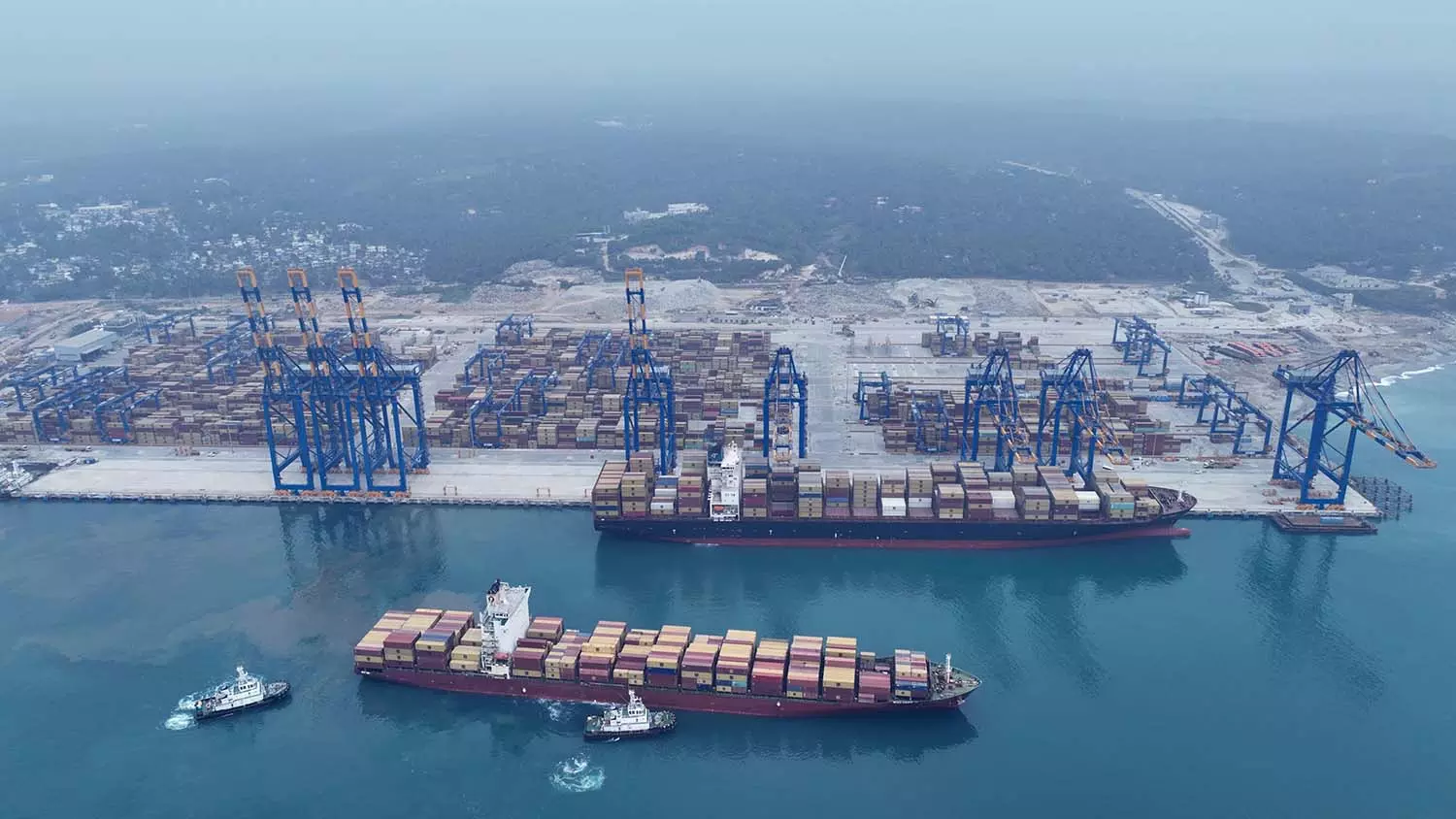The Vizhinjam International Seaport is more significant than just a significant port infrastructure addition for India. When fully functional, it might alter the maritime dynamics of the area and open up vast economic opportunities for Kerala in particular as well as the nation as a whole.
Kerala is at the center of transhipment routes and serves as a gateway to international maritime trade, according to Prime Minister Narendra Modi. It is India’s “gateway to the development potential of the third millennium,” according to Chief Minister Pinarayi Vijayan. Beyond the widespread excitement around the construction of India’s first deep-water multifunctional seaport, the project actually has a chance to surpass expectations given its anticipated capabilities.
Being only 10 nautical miles from the bustling Suez-Far East and Far East-Middle East routes that serve Europe, West Asia, Southeast Asia, and the Far East, the port benefits from its close proximity to international shipping channels. The port can accommodate enormous vessels, including ultra-large container ships, because of its natural depth of 18 meters along the shore. These benefits, together with its automation and contemporary architecture that guarantee speedy vessel turnarounds, provide the port the capacity to compete with important regional transhipment centers like Singapore, Jebel Ali (Dubai), and Colombo. It is more than likely to be successful in obtaining a portion of their company. At the moment, foreign ports handle 75% of India’s transhipment; this will change once the port can accommodate 3.3 million TEUs per year.
Although the advantages would take time to become apparent, the port has the potential to revolutionize Kerala. Additionally, the government intends to construct an outer growth corridor that will hold plug-and-play infrastructure for industrial clusters between Vizhinjam and Navaikulam. In addition to boosting the local economy, several port-related firms will create extra jobs. Vizhinjam has transformed from the scene of violent demonstrations by the local fishing population, who feared being uprooted and denied a means of subsistence because of the project, to a representation of development and hope. When it’s finished, it might directly employ about 5,500 people.
Currently, Vizhinjam accounts for 35% of the port’s workforce, and for the first time in any Indian port, a large number of indigenous women operate cranes. This project is currently the subject of many hopes. To fully benefit, its prompt completion and effective functioning must be guaranteed.

